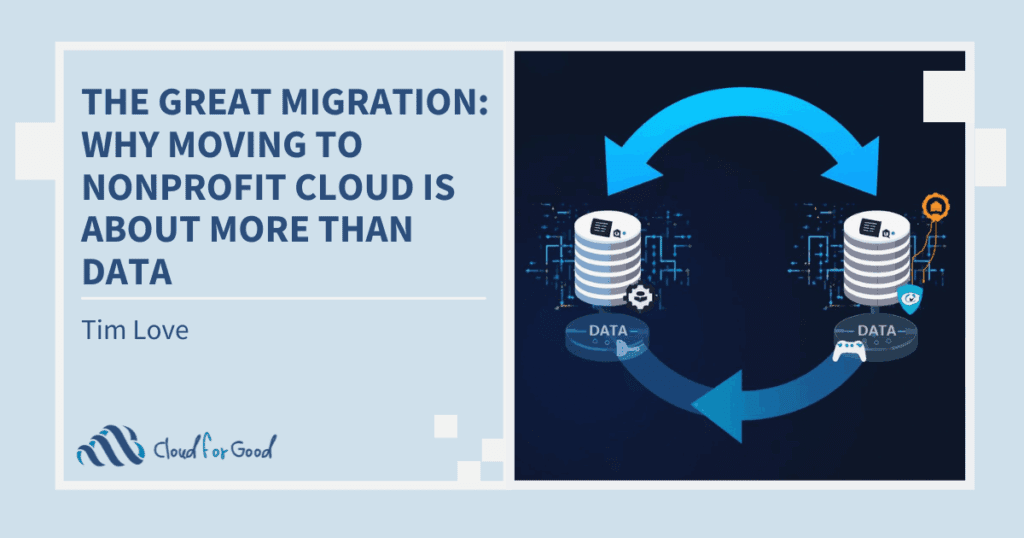
Six Simple Steps to Improve Your Salesforce User Experience
When configuring your Salesforce org, it is important to present your data in a manner that makes it easy for your users to access and interpret. If you hide a required field at the bottom of a page layout many of your users are going to become frustrated. I have seen many organizations spend countless hours and much effort configuring page layouts so information is presented in a logical, legible format. But you have to push forward! There are a number of other places where you should spend time configuring Salesforce to improve your users’ experience. Showing key information to your users when and where they need to see it will not only make things easier, but will improve data integrity as you provide the information they need to select the appropriate records.













